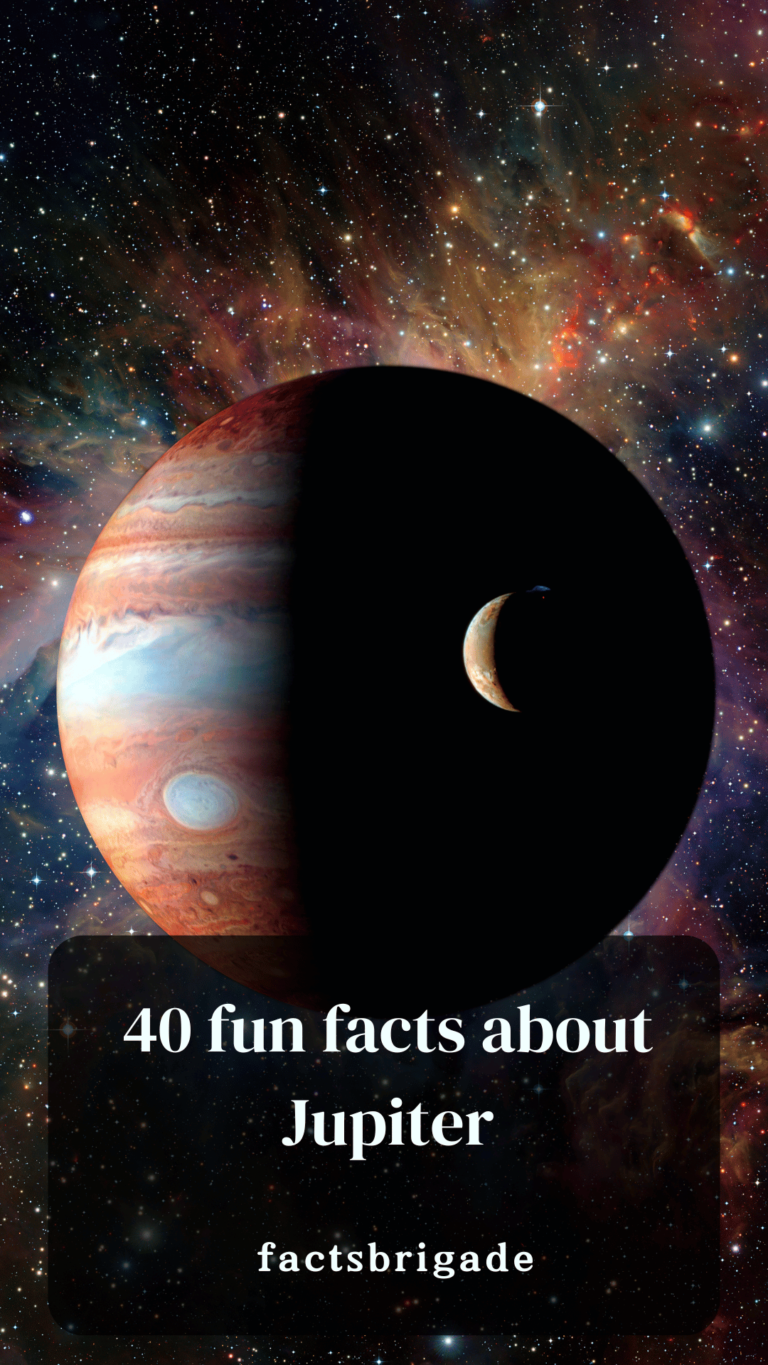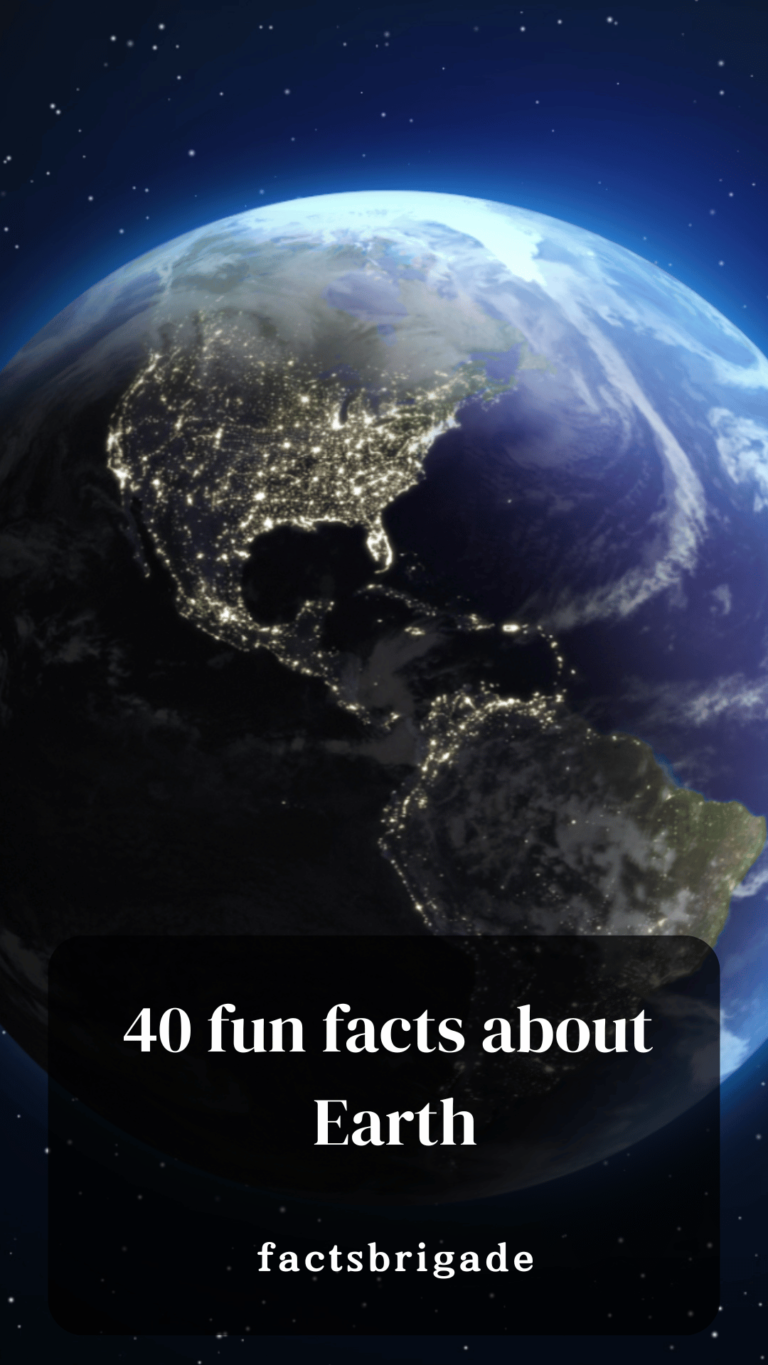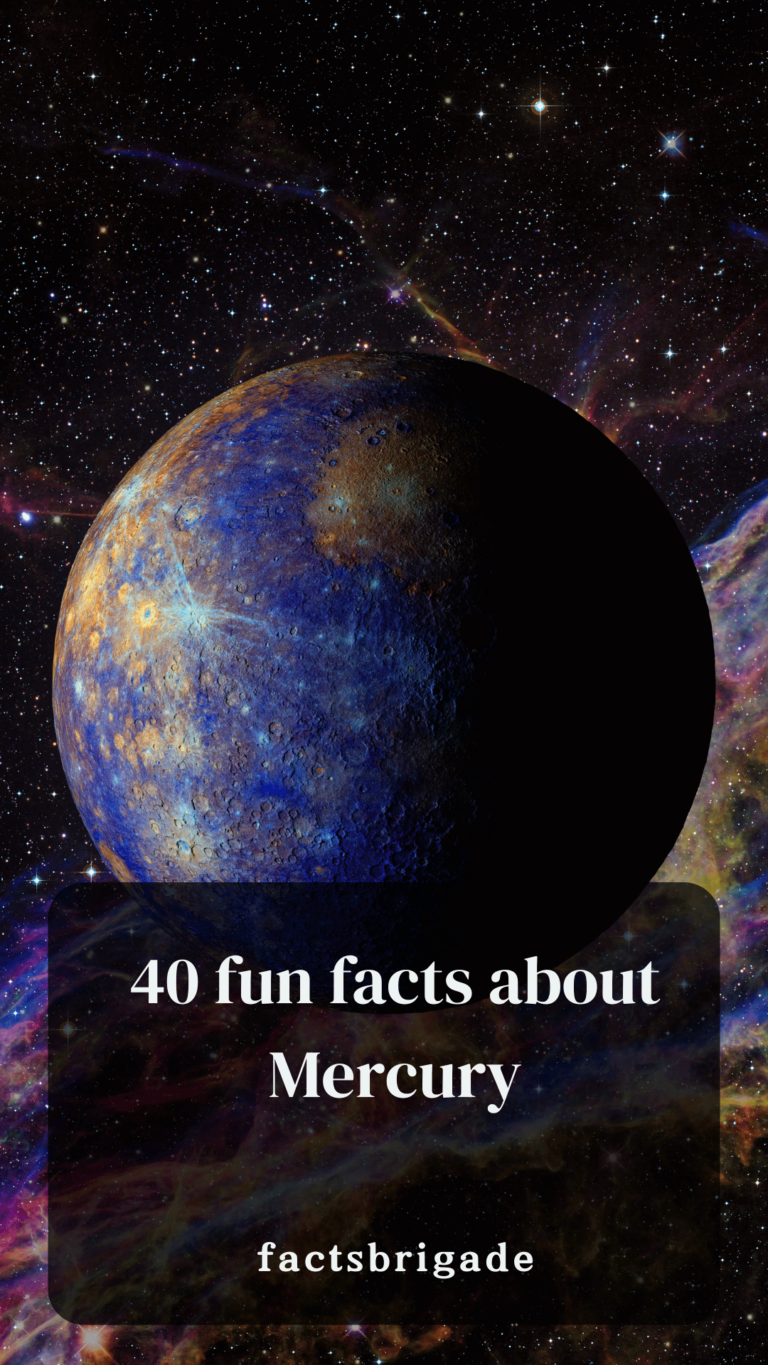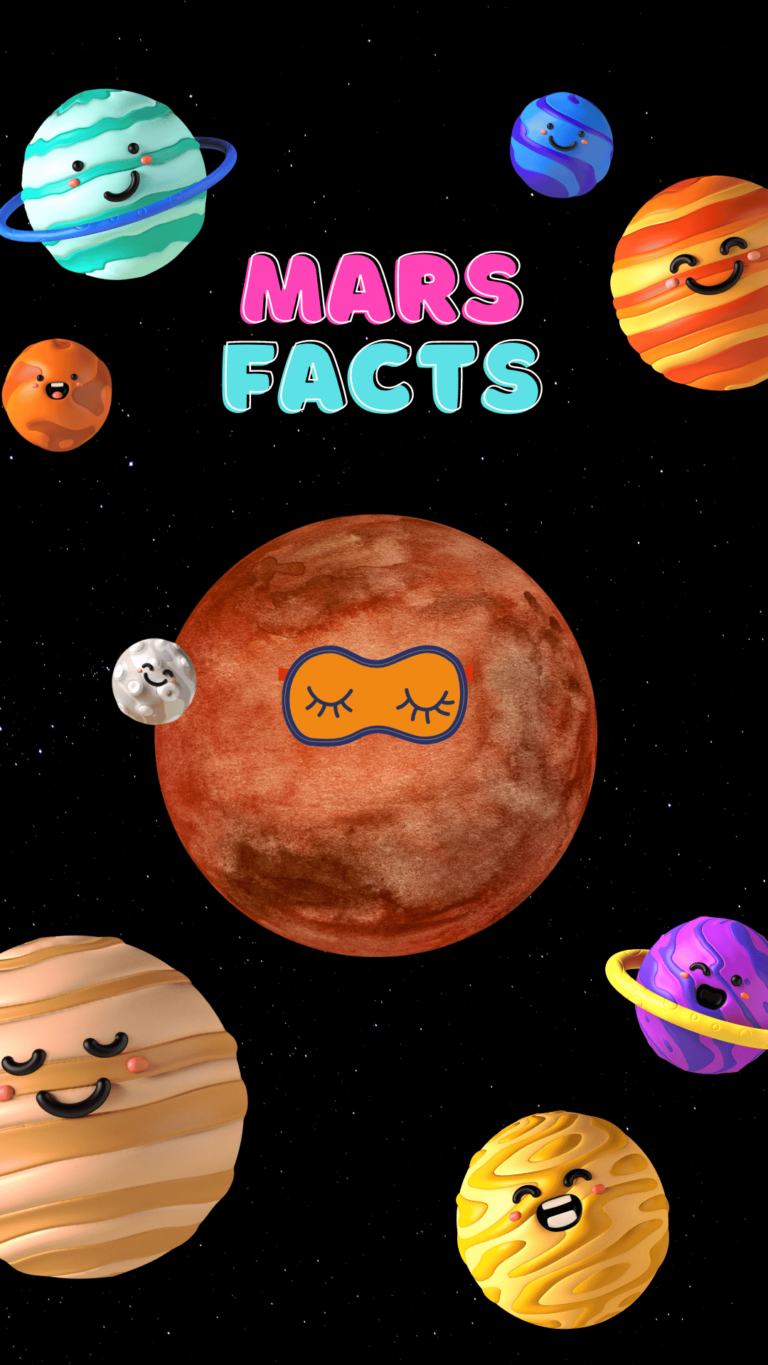40 Fun Facts about Uranus
Sideways Giant: Uranus is a giant gas planet, but unlike most planets, it spins on its side! This means its axis of rotation is tilted nearly 90 degrees compared to the Sun.
Ice Giant: While Uranus shares some characteristics with Jupiter and Saturn (gas giants), it’s actually an ice giant. Its atmosphere is mostly hydrogen and helium, but it also contains water, methane, and ammonia in the form of ice crystals.
Third Largest Planet: Uranus holds the title of the third-largest planet in our solar system, after Jupiter and Saturn.
Frigid World: Brace yourself! Uranus is the coldest planet in our solar system, with an average temperature of a chilly -350 degrees Fahrenheit (-218 degrees Celsius).
A Ring Leader (But Not the Flashiest): Uranus has a faint ring system, much less prominent than Saturn’s. These rings are dark and narrow, composed of dust and dark particles.
The Smell Test: If you could take a whiff of Uranus’s atmosphere, you might recognize the scent. It’s believed to contain hydrogen sulfide gas, which smells like rotten eggs!
Speedy Spinner: Despite its tilted orientation, Uranus rotates very quickly on its axis. One full rotation takes just 17 hours and 14 minutes.
Seasonal Extremes: Uranus’s tilted axis creates some seriously long seasons! Each season on Uranus lasts for a whopping 21 Earth years.
Magnetic Marvel: Uranus has a strange and tilted magnetic field that doesn’t line up with its axis of rotation. Scientists are still trying to understand why.
Aurora Borealis Anyone? Just like Earth, Uranus experiences auroras, but theirs are likely caused by charged particles from the Sun interacting with oxygen and hydrogen in the upper atmosphere.
Moon Madness: Uranus boasts a collection of 27 known moons, with some named after characters from Shakespeare’s works!
Miranda the Misfit: One of Uranus’s moons, Miranda, has an unusual, bumpy, and cratered surface unlike any other moon we’ve seen.
A Blue Beauty: Uranus’s beautiful blue color is caused by methane gas in its atmosphere absorbing red light and reflecting blue light.
Hubble Helped: Our view of Uranus has been greatly improved thanks to observations by the Hubble Space Telescope.
Once in a Lifetime Visit: So far, only one spacecraft, Voyager 2, has flown by Uranus, capturing stunning close-up images in 1986.
A Distant Discovery: Unlike most planets known to ancient civilizations, Uranus wasn’t discovered until the 18th century by William Herschel.
Originally Called “Georgium Sidus”: After its discovery, Uranus was initially called “Georgium Sidus” in honor of King George III of England. Thankfully, the name Uranus stuck.
A Breathtaking Spectacle: Under dark enough skies, Uranus can actually be seen with the naked eye, though it appears as a faint bluish dot.
Supersonic Winds: The winds on Uranus can be incredibly fast, reaching speeds of up to 500 miles per hour (800 kilometers per hour)!
A Flattened Planet: Due to its rapid rotation, Uranus bulges slightly at its equator and is flattened at the poles.
Diamond Rain? Maybe: Scientists theorize that deep within Uranus’s atmosphere, intense pressure and heat could create conditions where methane “rains” down as diamonds!
A Young Solar System Relic: The composition of Uranus suggests it may have formed very early in the history of our solar system.
A Watery World (Probably): Scientists believe Uranus likely has a deep layer of liquid water, methane, and ammonia ice.
A Gassy Core: Unlike Earth’s solid core, Uranus is believed to have a mushy, icy core.
A Mysterious Interior: We still have much to learn about the internal structure and composition of Uranus.
A Future Exploration Target: With its unique features and mysteries, Uranus is a prime candidate for future space exploration missions.
A World of Moons: The moons of Uranus are a diverse group, ranging in size and composition, offering scientists clues about the planet’s formation.
A Tilted Dance with the Sun: (continuing from fact 27) …means that different parts of Uranus experience extreme sunlight exposure for long periods. For nearly 42 Earth years, one pole will be bathed in sunlight, while the other is in complete darkness.
A World of Extremes: This dramatic tilt contributes to the vast temperature differences between the sunlit and dark sides of Uranus.
A Host to Potential Habitable Moons? Some of Uranus’s moons, particularly those with internal oceans, may hold the potential for conditions suitable for microbial life.
A Place of Methane Rain (Maybe): The methane rain theory suggests that deep within Uranus’s atmosphere, methane could condense and fall as “diamond rain” due to extreme pressure and heat.
A World with a Dynamic Atmosphere: Uranus’s atmosphere is constantly in motion, with strong winds and complex weather patterns.
A New Look Needed: Since Voyager 2’s flyby in 1986, there haven’t been any close-up observations of Uranus. Future missions are needed to improve our understanding.
A Cold and Distant Giant: Despite its beauty, Uranus is a harsh and unforgiving world, with frigid temperatures and a hostile environment.
A Challenge for Exploration: The distance and extreme conditions make Uranus a challenging target for spacecraft, but the potential rewards are great.
A World Full of Surprises: Uranus continues to surprise scientists with its unique features and unexpected characteristics.
A Stepping Stone to the Unknown: Studying Uranus helps us understand the formation and evolution of ice giants in our solar system and potentially beyond.
A Teacher of Planetary Formation: The composition and structure of Uranus offer valuable insights into the early stages of our solar system’s formation.
A Beacon of Curiosity: The mysteries of Uranus continue to inspire scientists and ignite our desire to explore the unknown reaches of our cosmic neighborhood.
A Waiting Game: With future exploration missions on the horizon, we eagerly await the next chapter in unraveling the secrets of this fascinating ice giant.




